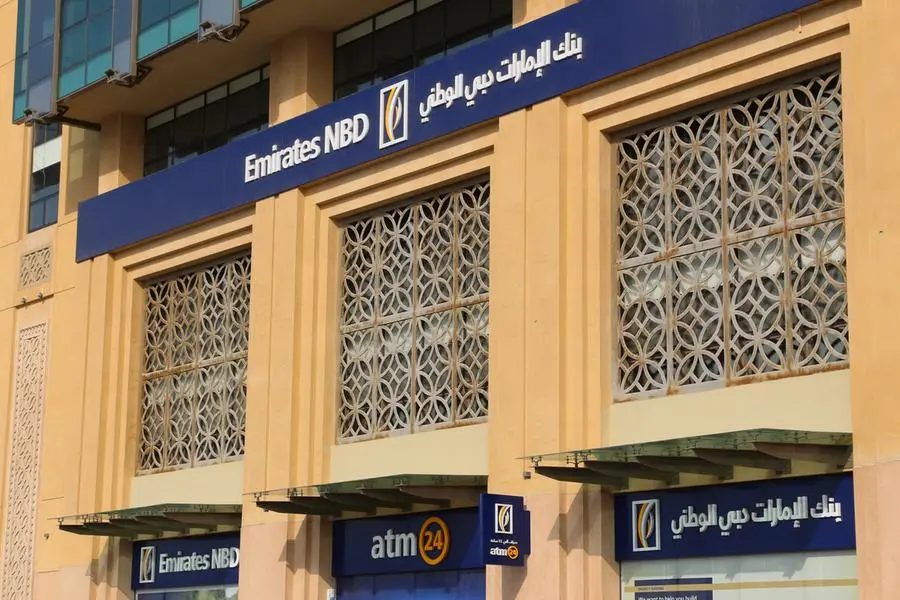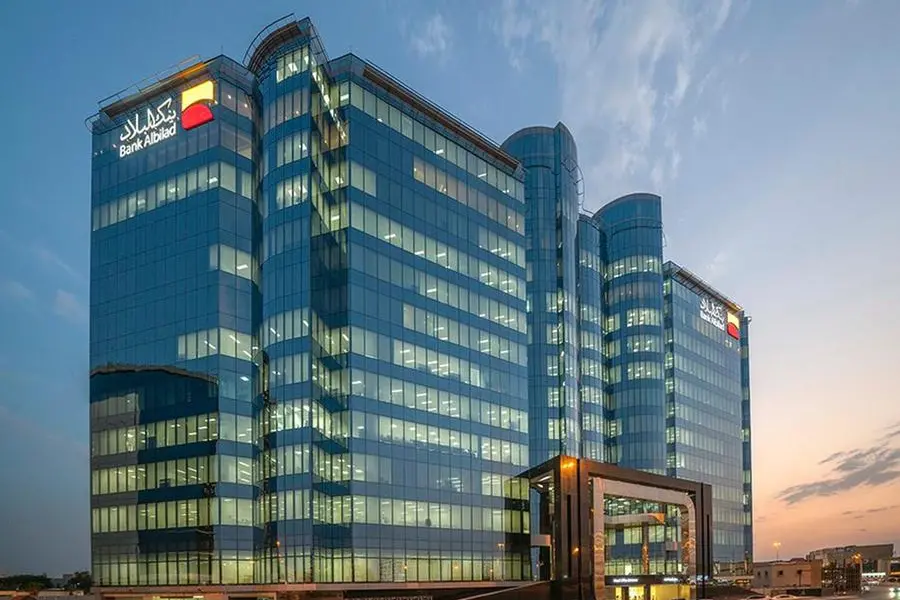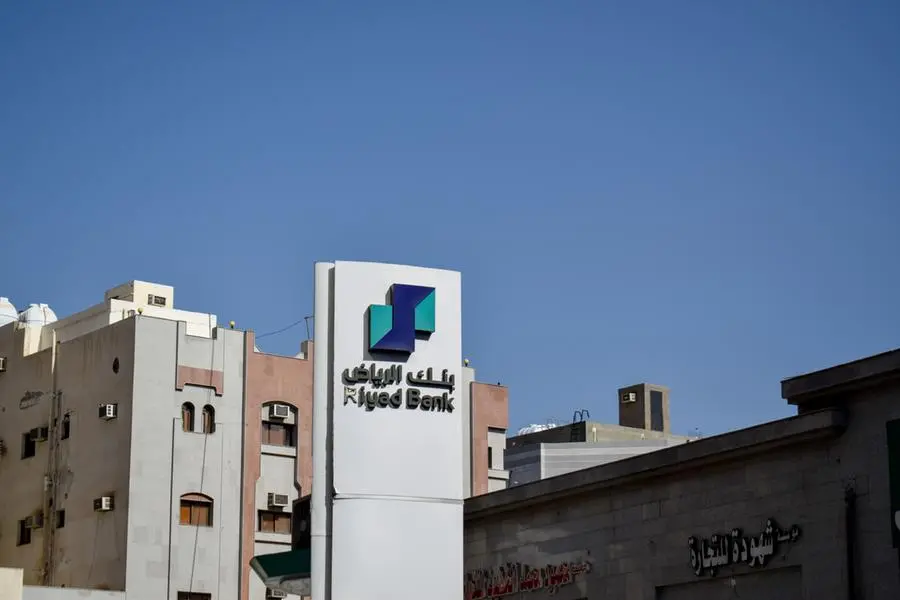PHOTO
Kuwait is expected to be among the largest regional borrowers in the next few years to bridge its widening fiscal gap due to low oil prices and massive allocations for public servants wages and social spending.
During 2025-2028, the deficit in the budgets of the Gulf OPEC oil producer is expected to swell sharply from its relatively low level in 2024, the US rating agency S&P said.
In a report this week, the agency said the deficit, driven by lower crude income and high public spending, is projected to account for an average 8.9 percent during that period.
The shortfall could surge to nearly 14 percent in the current fiscal year 2025-2026, which started on 1 April, up from just two percent in 2024, it said.
The agency did not provide deficit figures but Kuwait’s GDP stood at around $163 billion in 2024 and is forecast to rise by one-four percent in the next three years barring unexpected developments in the oil market, according to National Bank of Kuwait (NBK).
This means GDP could range between $165 billion and $170 billion, with the budget deficit averaging around $15 billion during that period.
Financial cushion
“Kuwait and other Gulf countries are following a strategy to maintain a huge financial cushion to maintain their strong credit rating,” Saudi economist Ihsan Buhlaiga told Zawya Projects.
“This is demonstrated in their intensified efforts to build up their overseas assets, mainly those of their sovereign wealth funds…this means whenever there is a budget deficit, they will fund it through borrowing rather than withdrawing from those assets.”
Kuwaiti officials said last week the Gulf state could borrow $10-20 billion during 2025-2026 to cover the deficit following the approval of a debt law in March.
Zawya reported last week that Kuwait could issue its debut debt tranche very soon after the government cleared the country's multi-billion sovereign wealth fund, and the central bank to borrow funds.
Low oil price
Analysts said borrowing could gain momentum in the following years if oil prices remain below the $70 price assumed by Kuwait in its budgets and given the relatively small revenues from other sources.
Kuwait has also been unable to trim spending as more than two thirds of the expenditure is allocated for wages and subsidies, which cannot be cut.
Finance Ministry figures showed non-oil revenues would provide only around KWD2.6 billion ($8.5 billion) of the 2025-2025 budgeted revenues of KWD18.9 billion ($62 billion).
The figures also showed salaries would eat up KWD14.8 billion ($49 billion) of the budgeted spending of about KWD24.5 billion ($81 billion), nearly 60 percent. Allocations for subsidies were set at KWD4.5 billion ($14.8 billion), nearly 18 percent of the total.
NBK said in a recent report that Kuwait was forced to cut capital spending by around 1.7 percent in the 2025-2026 budget while allocations for wages to public servants and social aid to citizens swelled by nearly 9.1 percent over the previous budget.
“The decline in capital expenditure represents a continuation of a downward trend in such spending over the past four years despite the pressing need for funding infrastructure projects in line with Vision 2035,” the report said.
Kuwaiti officials said last week that borrowing this year would be used mainly to fund infrastructure projects with a value of more than $7 billion.
(Reporting by Nadim Kawach; Editing by Anoop Menon)
(anoop.menon@lseg.com)
Subscribe to our Projects' PULSE newsletter that brings you trustworthy news, updates and insights on project activities, developments, and partnerships across sectors in the Middle East and Africa.





















